Why is it that the moment you want something the worst is that very moment you are destined to loose it? I mourn the loss of the leaves, come fall. It is the end of a story that has unfolded over many months. Once the plants have leaved out in the spring, we are awash in the green that leaves provide. Everywhere I look in my little garden, I see green leaves. The stiff little boxwood leaves all precisely laid along the stems. The big lax rhododendron leaves flopping this way and that. The big handed Princeton Gold maple leaves are held parallel to the ground, and shade every plant and every person beneath them. The curly fronds beech ferns have that missing front tooth look. The magnolia leaves are simple, big, and strong.
The hellebore leaves fan out, whorled around their stems. The hydrangeas leaves are ovate-each shrub is smothered with them. The rose leaves are glossy, and subtly serrated. Perennial geranium leaves-they are the most astonishing clubby shape, and heavily veined. The leaves of grass we refer to as blades. The leaves of the Parrotia are stiff, and marked with strong parallel veins. The dogwood leaves are softer, more subtle. The leaves of the hardy hibiscus-large and thin. The leaves of butterburr-the elephant in the garden room. Yews do not have leaves. They have needles. Those green needily configured leaves grace the garden year round.
The leaves of the Palabin lilac are short and pert. Snakeroot has large and dramatically serrated leaves. The peonies feature thick glossy leaves that endow the garden long after they have finished blooming. Thyme leaves-so small. Dandelion leaves-coarse and uncouth. Horseradish leaves-the ultimate height and breadth of uncouth. Scotch moss leaves are soft and mossy in appearance. The platycodon leaves are thick and stiff as a board and quite blue in color. The big sail like delphinium leaves are all a spring storm needs to blow a stand of tall and ethereal blue blossoms over and onto to its knees.
Creeping jenny has round leaves-the lime version can cover the ground in no time. The lime leaves of the hosta Sum and Substance are stiff and heavily veined-in the summer. Regal, this plant. At the first frost they collapse in a heap. Not so regal, how they melt in the cold, and go down. Russian sage, lavender and dusty miller have silvery gray leaves.
There are those leaves in colors other than green. This list is long. Red leaves. Variegated leaves. Yellow leaves. White leaves. But the leaves do more than delight a gardener with their shape, mass and color. Leaves photosynthesize, meaning that they absorb, and convert sunlight into energy. The leaves of a plant fuel its growth and health. In the fall, those food makers are shed from the plants about to go dormant. The process by which a leaf provides a plant with energy all summer, matures, colors up, and drops, is an extraordinary story.
Fall color is all about the leaves. The lime green shoot that leafed out in the spring, and energized a plant all season long, matures in the fall. The life cycle of a leaf represents the life cycle of a garden. How astonishing that the leaves turn such beautiful color in the fall before they drop. That garden day that I treasure the leaves the most is the the spring. The leafing out in spring is all about the hope for the future of the garden. My second most treasured day? That moment when all of the leaves in my garden have colored up, and are about to fall.
Once fall comes, the leaves have done their job. No leaves make a better show of the end of the season than Boston Ivy. They make a party, in celebration of a season well lived. The close of their season-fiery. Just look at the leaves.
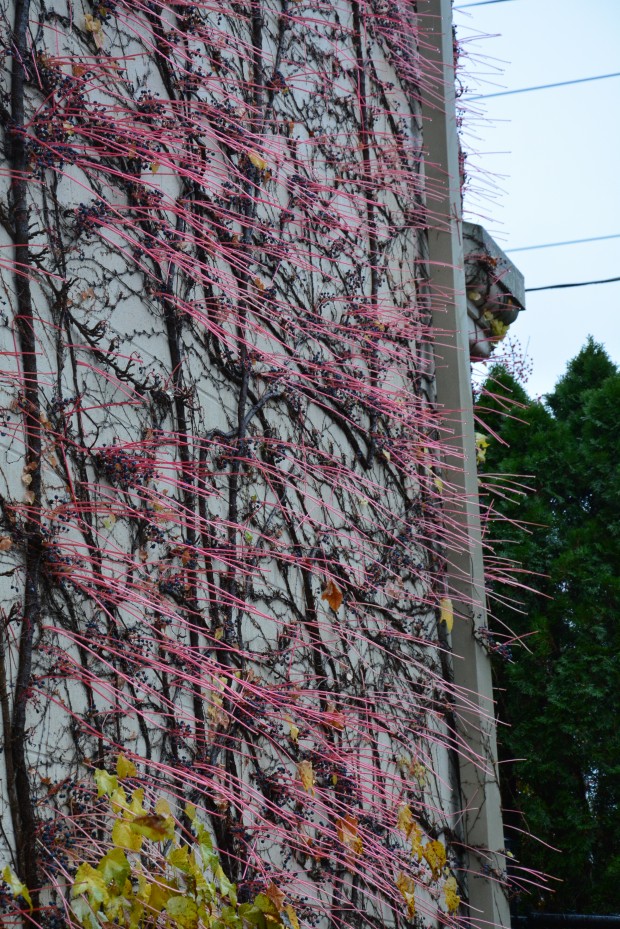 All that remains now of these Boston ivy leaves are the stems. How could I miss them-they are the most astonishing shade of pink imaginable. They come away from the wall in a way that stops me dead in my tracks. All summer and fall long I look at these leaves, and marvel. The garden asks for a lot, but the story it delivers is delightful. Epic.
All that remains now of these Boston ivy leaves are the stems. How could I miss them-they are the most astonishing shade of pink imaginable. They come away from the wall in a way that stops me dead in my tracks. All summer and fall long I look at these leaves, and marvel. The garden asks for a lot, but the story it delivers is delightful. Epic.
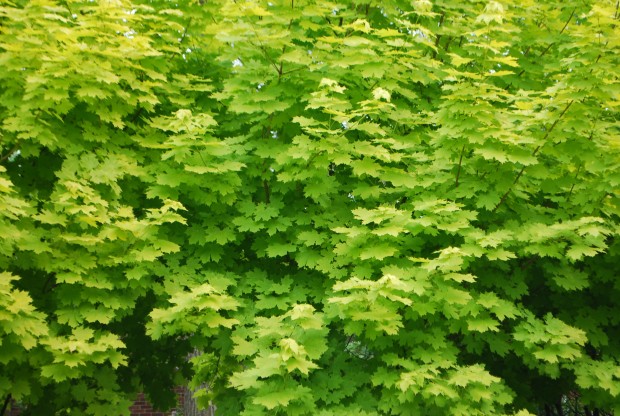
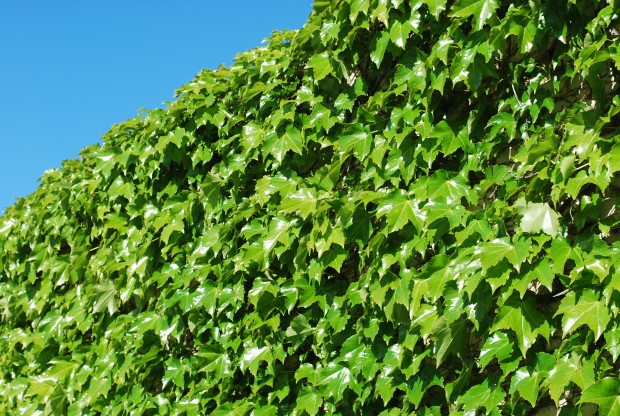
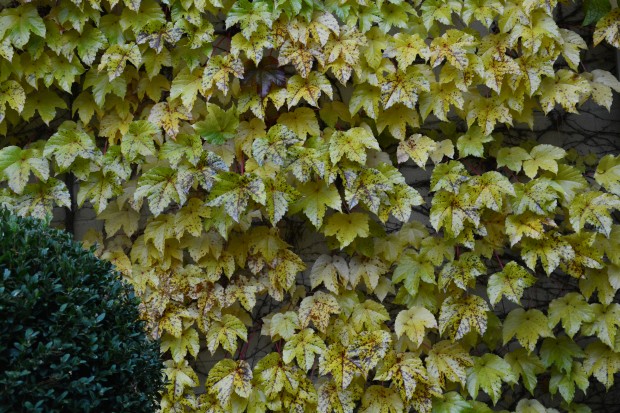

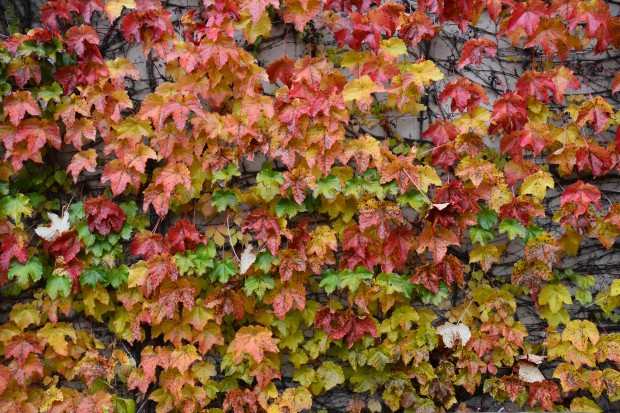
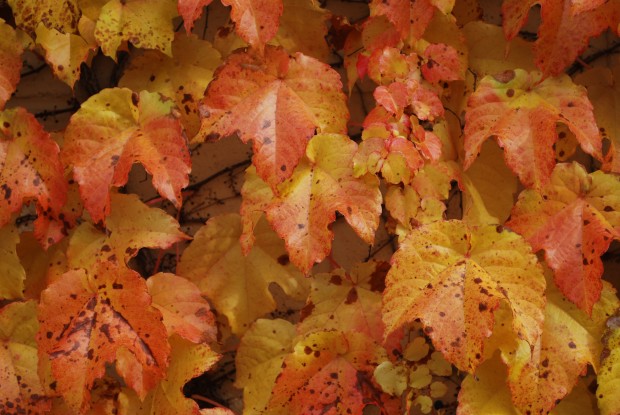
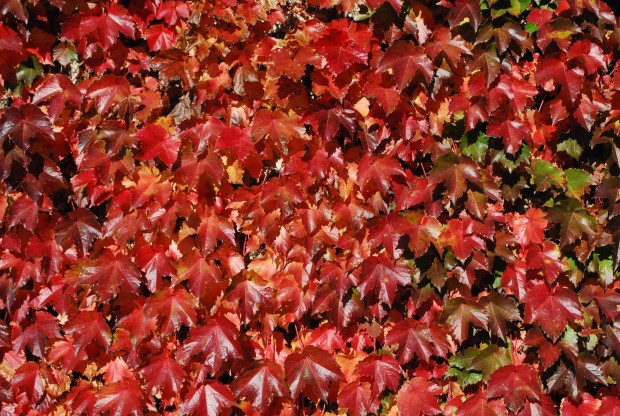
Simply . . . . Excellent.
Deb, I also noticed those leaves the first time I visited DGW this summer. No doubt you noticed them all through these past few months too! I love reading your thoughtful words and pictures weekly. Keeps me grounded and in awe …..gratefully, Susan
This post is like a beautiful symphony with a crescendo of intensifying color and then a gentle ending.
Dear Deborah,
You picked the right year (Fall) to write such a loving, beautiful and poignant observation – our Fall color in Northeast Ohio has also been magical, glowing and a “delightful story”. Only from you! Thank you!
You really should create a book for the seasons.
And elegant
Thank you for your perfect words, you summed up how I feel, too. I enjoy the colors and textures of the leaves and how immensely they effect the garden’s feel. This fall gave me my first peek at a tree I planted in memory of my dear Dad who passed away this summer. I chose a 5 foot Serviceberry with five nicely developed trunks for a very special place. What a spectacular show those small ovate leaves are putting on- yellow, orange, peach, coral, red- its lovely. I couldn’t be more pleased at how happy it is, leaves on, surrounded by a few inches of snow (yes, it’s here). Dad always loved that first snow. Susan in Marquette.
Dear Susan, I have been in your spot. My Dad’s family all settled in the UP. My Mom-we scattered her ashes at Beavertail Point. The garden is so very personal. Thanks for writing, Deborah
BTW, read your post to “the girls ” (Mom and Nancy). Our favorite part – the last paragraph. “Boston Ivy stems…the most astonishing shades of pink imaginable…stops me dead in my tracks” ( I thought O-HI-O people were the only ones who use this phrase!
How could you miss this?!
As the Buddhists say about the meaning of life: Attention! The beauty and diversity of life are all around us in the garden in every day and every season. Thank you for your spectacular ” Attention.”
Dear Phyllis, thank you for writing. Beauty and diversity-you are so right. Thanks, Deborah
Dear Deborah,
I sit here in my kitchen overlooking a still mostly colourful garden in Southern Ontario and after reading your thoughtful observations, realize that a gardens beauty seen by many is only really appreciated by the nurturing, attentive gardener or artisan who can appreciate the process of building a glorious garden space over years and sometimes generations and who also knows that nature is in charge. The new version of itself presented to me daily is what fuels my passion and creative endeavors. Thank you
Les feuilles mortes (Fallen Leaves)
Oh ! je voudrais tant que tu te souviennes
Des jours heureux où nous étions amis.
En ce temps-là la vie était plus belle,
Et le soleil plus brûlant qu’aujourd’hui.
Les feuilles mortes se ramassent à la pelle.
Tu vois, je n’ai pas oublié…
Les feuilles mortes se ramassent à la pelle,
Les souvenirs et les regrets aussi
Et le vent du nord les emporte
Dans la nuit froide de l’oubli.
Tu vois, je n’ai pas oublié
La chanson que tu me chantais.
{Refrain:}
C’est une chanson qui nous ressemble.
Toi, tu m’aimais et je t’aimais
Et nous vivions tous les deux ensemble,
Toi qui m’aimais, moi qui t’aimais.
Mais la vie sépare ceux qui s’aiment,
Tout doucement, sans faire de bruit
Et la mer efface sur le sable
les pas des amants désunis.
Fallen leaves
Oh I would like you so much to remember
The joyful days when we were friends.
At that time, life was more beautiful
And the sun burned more than it does today.
Fallen leaves can be picked up by the shovelful.
You see, I have not forgotten…
Fallen leaves can be picked up by the shovelful,
So can memories and regrets.
And the north wind takes them
Into the cold night of oblivion.
You see, I have not forgotten
The song you used to sing me.
(chorus)
This song is like us.
You used to love me and I used to love you
And we used to live together,
You loving me, me loving you.
But life separates lovers,
Pretty slowly, noiselessly,
And the sea erases on the sand
The separated lovers’ footprints.
Thanks for this, Michael. Best, Deborah
Hello Deborah – I have been reading all your posts on your Boston Ivy wall, and am in love with the look and the words you write about it. I notice you say you planted ten 2-gallon pots, each ten feet apart. Are they planted in the ground or in urns? I don’t notice them growing out of any of the pots, which is why I ask. My husband and I want to cover a very unsightly wall on our property with Boston Ivy, but the bottom is sidewalk and I’ll have to use urns. Any suggestions as to size? Will this even work since we can’t plant in the ground? We need to cover a LOT of space! Advice appreciated. Sincerely, Greta
Dear Greta, Boston Ivy can cover large spaces, but I would think they need to be planted in the ground. best, Deborah
So when you say ten two gallon pots were used for this wall, you mean you planted them in the ground and not in pots? Sorry, I’m just confused.
Greta, I bought the ivy that were growing in 2 gallon plastic pots at a nursery. Then I transplanted the ivy out of the plastic pots, into the ground- in front of the wall. I hope this is clear. The plants are in the ground.